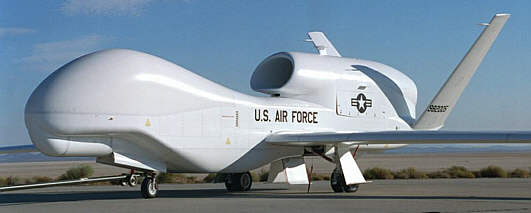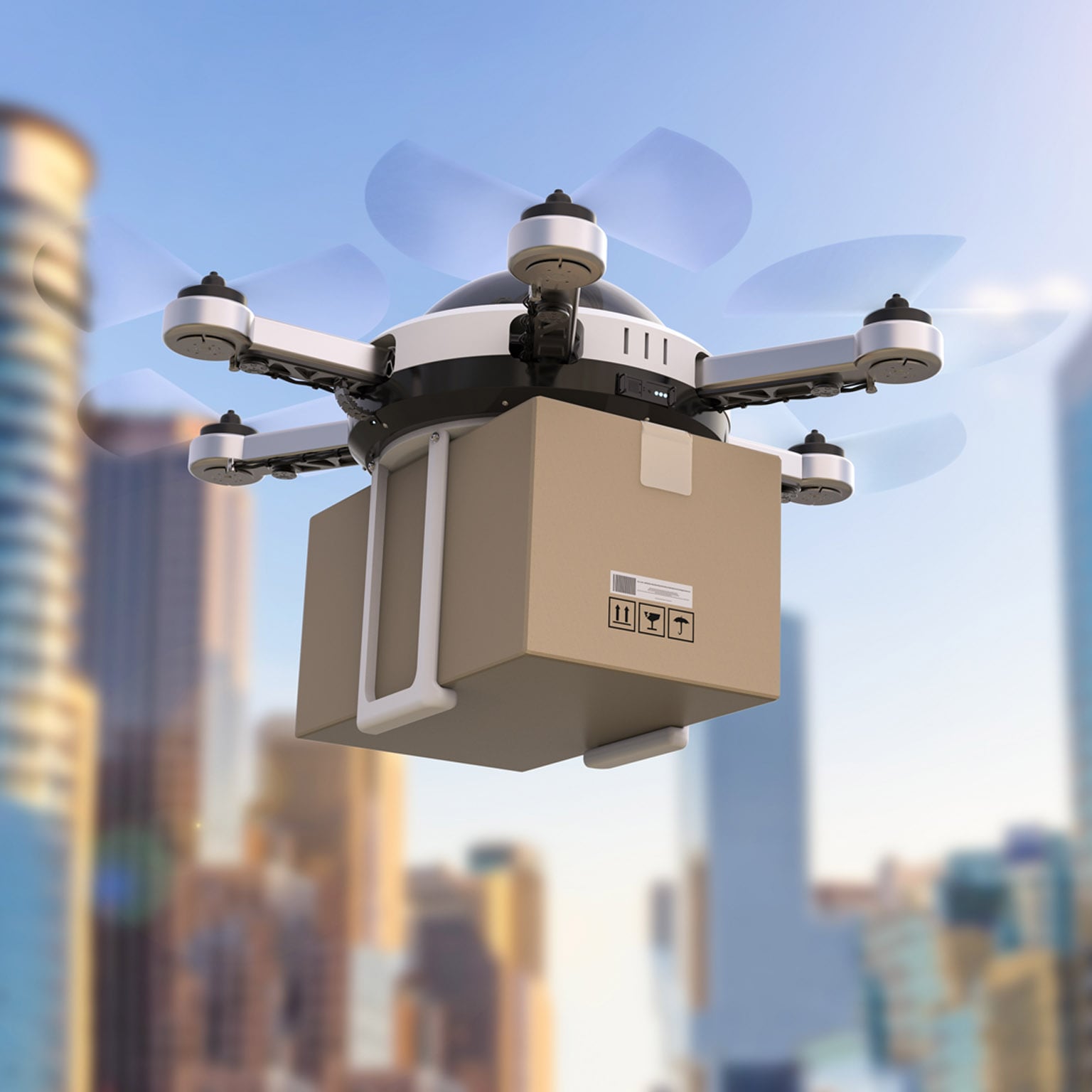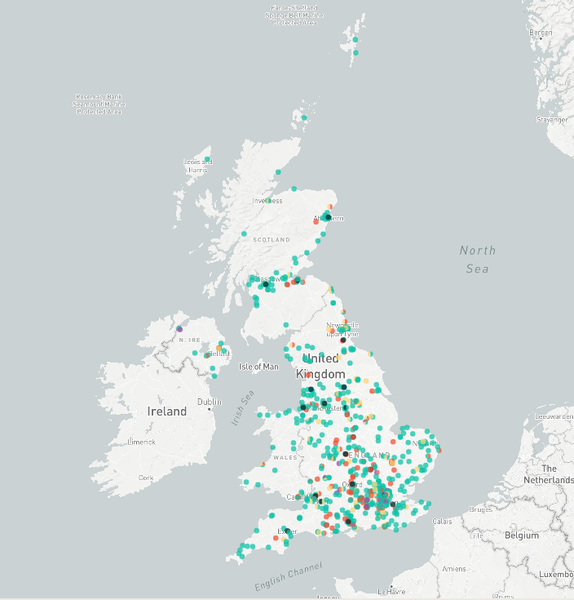
Interpretative guidance has been issued by the ICRC on armed UAVs, and british UAVs. This article will examine the Military strategy behind these UAVs, and how they relate to our current world conflict. Although we may not agree with the military's reasons for deploying these UAVs, it does not mean we should be excluded from having our say. Here's a look at how armed UAVs (and drones) have transformed the way we fight war and what this means for our safety.
ICRC Interpretative Guidance on British Drones
There is much confusion about the application of international humanitarian law to UK drone strikes. Drone strikes don't fall under the rule of distinction. Instead, autonomous drones should fall foul of the principle of proportionality. Professor Noel Sharkey says that a robot operator cannot perform subjective balancing or calculate value. The implications of this are serious.
ICRC guidance regarding armed UAVs
The civilian population faces significant challenges due to the use of drones with armed capabilities. Although the use of armed drones remains a new concept, it is posing significant problems for civilian populations. Drone strikes, for example, can be used to strike enemy troops or assets but also pose a risk to civilians. The Geneva Call reiterates the need for drone strikes to be in line with IHL guidelines. The Geneva Call calls on the parties to develop policies that govern the use of armed drones. This includes ensuring that drones are not directed against military objectives and minimizing civilian casualties. These strikes are not acceptable to civilians.

ICRC guidance about british unmanned drones
Interpretive Guidance of the ICRC on British drones is a positive document. It also includes the exceptional expertise of the Legal Division. It improves our understandings of "direct participation" but also contains numerous flaws. These fault lines are examined and discussed in this article. This article is intended to engage a broader audience and offer a critical assessment of the ICRC's guidance.
British drones are a part of a military strategy
Drones are becoming a popular tool for a wide variety of applications. After the Vietnam War, other nations began to explore the technology, and new models evolved, gaining greater endurance and height. They are now used for defense in Ukraine. They are also becoming more popular with hobbyists and business people around the world. What is the Military Strategy behind British Drones? Dr. James Rogers will discuss drones' use for various purposes, including civilian and military applications.
Concerns of armed UAVs raised by the ICRC
In Washington DC in June 2017, Peter Maurer, President of the ICRC, met with US President Obama's senior advisors. The two discussed the sufficiency of international humanitarian laws, the latest developments in battlefields/waffen, and the roles of actors on the battlefield. He expressed concern about the use by armed British drones (in Afghanistan) that he claims is against international humanitarian law.

FAQ
Is it against the law to fly a helicopter?
Flying drones is an offense in certain countries, including Australia, Canada, Germany and Japan. It is legal in some other countries, such as France and Italy, the Netherlands, Poland, Russia or Switzerland, Turkey, Ukraine, and Vietnam.
Which US states make drones legal?
You can legally operate a drone for hobby purposes. The Federal Aviation Administration (FAA) has set up guidelines that allow people to use small unmanned aircraft systems (UASs). These UASs have to be registered with FAA before they are allowed to fly. If certain conditions are met, the FAA allows commercial operators to fly these UASs.
What kind batteries does a drone need?
Most drones use lithium-ion batteries. A typical drone runs on between 3 and 6-volts.
Is Drone Use Banned in Your Country?
The FAA has prohibited drones from flying close to airports or stadiums, sporting events and nuclear power plants. However, they do allow them to fly at night using GPS technology.
What is the difference of a quadcopter and an hexacopter, you ask?
A quadcopter can be described as a quadrotor helicopter with four rotors. It flies the same way as a traditional helicopter. It has four rotors which rotate independently. The hexacopter looks similar to a quadcopter, but it has six rotors rather than four. Hexacopters are stabler and more maneuverable than quadcopters.
What are the rules and regulations for drones operation?
You need to register your drone with the FAA. This registration process includes submitting information about the device, including its weight, size, battery capacity, and operating frequency. It also requires you to obtain an identification number from the FAA.
Do I need special training to fly a drone?
No, you don’t have to learn any special skills in order for your drone to fly. You just need a remote-control unit and basic knowledge in flight mechanics.
Statistics
- According to the multiple listing service (MLS), houses and apartments with drone photographs are up to 68 percent more likely to sell than those without pictures. (thedroneu.com)
- According to Indeed, a drone pilot gets paid $25.73 per hour on average in the US. (dronesgator.com)
- According to industry research from ZipRecruiter , there are 10 cities where the typical salary for a Drone Pilot job is above the national average. (dronesgator.com)
External Links
How To
Repairing A Damaged Drone Motor
To repair a motor damaged, the first step is to identify which part is broken. This is easiest to do by removing the propeller from its shaft. Then you should remove any wires attached to the motor and look at the inner workings of the motor itself. If there is something wrong with the motor, you will know which part you need to repair.
You don't need to worry if there's no damage to your motor. However, a motor that looks like the one below will require you to replace certain components before you can fly again.
Imagine that the motor has become bent to the point it will not turn. This means that you will need to bend the motor back into shape. To hold the motor in place, you can use a pair or vice grips. After you're done, check your motor for signs of wear.
Once everything looks good, you can put the propeller back on the motor shaft. Then, reattach the wires. Your drone is now ready for flight!